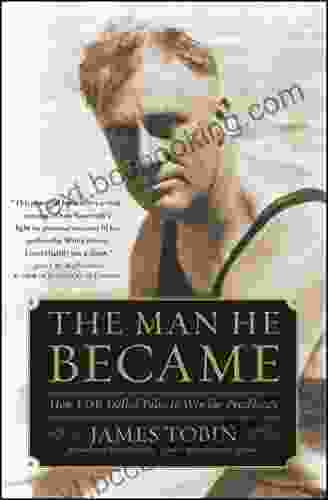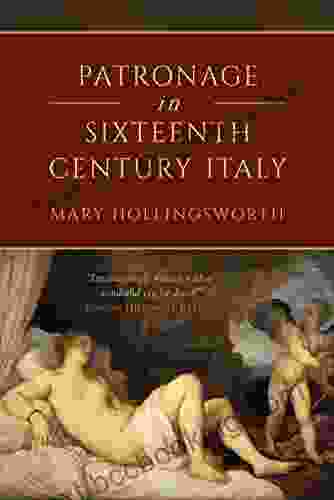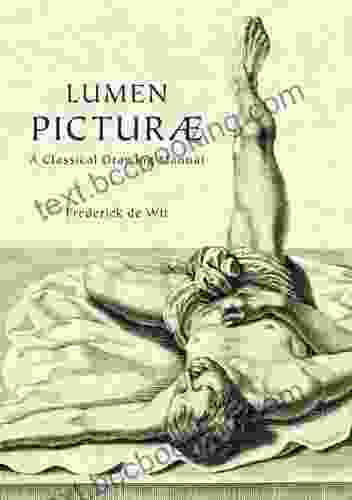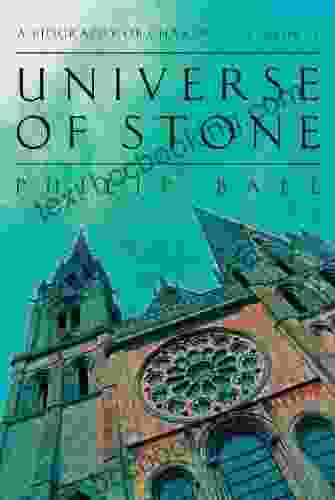Patronage in Sixteenth Century Italy: Italian Art History

4.6 out of 5
| Language | : | English |
| File size | : | 12651 KB |
| Text-to-Speech | : | Enabled |
| Screen Reader | : | Supported |
| Enhanced typesetting | : | Enabled |
| Print length | : | 654 pages |
| Lending | : | Enabled |
The 16th century was a golden age for Italian art. This was due in large part to the patronage of wealthy and powerful individuals. These patrons commissioned artists to create works of art that would glorify their families and promote their political agendas.
There were several different types of patrons in 16th-century Italy. The most important were the Medici family of Florence. The Medicis were a wealthy banking family who used their fortune to support the arts. They were patrons of some of the most famous artists of the period, including Michelangelo, Raphael, and Leonardo da Vinci.
Other important patrons included the popes. The popes were the heads of the Catholic Church, and they used their position to promote the arts. They commissioned artists to create works of art that would decorate their palaces and churches. Some of the most famous papal patrons include Pope Julius II and Pope Leo X.
The motivations of patrons varied. Some patrons were motivated by a desire to glorify their families. Others were motivated by religious devotion. Still others were motivated by a desire to promote their political agendas.
The patronage of wealthy and powerful individuals had a profound impact on the development of Italian art. It enabled artists to create works of art that were more ambitious and innovative than would have been possible without their support. It also helped to create a climate of artistic competition that spurred artists to new heights of achievement.
The Medici Family and the Arts
The Medici family was the most important patron of the arts in 16th-century Italy. The Medicis were a wealthy banking family who used their fortune to support the arts. They were patrons of some of the most famous artists of the period, including Michelangelo, Raphael, and Leonardo da Vinci.
The Medicis were motivated by a desire to glorify their family. They commissioned artists to create works of art that would celebrate their achievements and promote their political agenda. They also used their wealth to collect works of art from all over Italy.
The patronage of the Medici family had a profound impact on the development of Italian art. It enabled artists to create works of art that were more ambitious and innovative than would have been possible without their support. It also helped to create a climate of artistic competition that spurred artists to new heights of achievement.
The Popes and the Arts
The popes were the other major patrons of the arts in 16th-century Italy. The popes were the heads of the Catholic Church, and they used their position to promote the arts. They commissioned artists to create works of art that would decorate their palaces and churches.
The popes were motivated by a desire to glorify the Catholic Church. They commissioned artists to create works of art that would celebrate the lives of the saints and promote the teachings of the Church. They also used their wealth to collect works of art from all over Italy.
The patronage of the popes had a profound impact on the development of Italian art. It enabled artists to create works of art that were more ambitious and innovative than would have been possible without their support. It also helped to create a climate of artistic competition that spurred artists to new heights of achievement.
The Impact of Patronage on Italian Art
The patronage of wealthy and powerful individuals had a profound impact on the development of Italian art. It enabled artists to create works of art that were more ambitious and innovative than would have been possible without their support. It also helped to create a climate of artistic competition that spurred artists to new heights of achievement.
The patronage of the Medicis and the popes was particularly important in the development of Italian art. The Medicis were patrons of some of the most famous artists of the period, including Michelangelo, Raphael, and Leonardo da Vinci. The popes were patrons of some of the most famous works of art in the world, including the Sistine Chapel ceiling and the Last Supper.
The patronage of wealthy and powerful individuals helped to make the 16th century a golden age for Italian art. It is thanks to their support that we can enjoy some of the most famous works of art in the world today.
4.6 out of 5
| Language | : | English |
| File size | : | 12651 KB |
| Text-to-Speech | : | Enabled |
| Screen Reader | : | Supported |
| Enhanced typesetting | : | Enabled |
| Print length | : | 654 pages |
| Lending | : | Enabled |
Do you want to contribute by writing guest posts on this blog?
Please contact us and send us a resume of previous articles that you have written.
 Book
Book Novel
Novel Page
Page Chapter
Chapter Text
Text Story
Story Genre
Genre Reader
Reader Library
Library Paperback
Paperback E-book
E-book Magazine
Magazine Newspaper
Newspaper Paragraph
Paragraph Sentence
Sentence Bookmark
Bookmark Shelf
Shelf Glossary
Glossary Bibliography
Bibliography Foreword
Foreword Preface
Preface Synopsis
Synopsis Annotation
Annotation Footnote
Footnote Manuscript
Manuscript Scroll
Scroll Codex
Codex Tome
Tome Bestseller
Bestseller Classics
Classics Library card
Library card Narrative
Narrative Biography
Biography Autobiography
Autobiography Memoir
Memoir Reference
Reference Encyclopedia
Encyclopedia Melanie Dickerson
Melanie Dickerson Russell A Barkley Phd
Russell A Barkley Phd Mary Wong
Mary Wong Wilhelm Johnen
Wilhelm Johnen Melissa Stephenson
Melissa Stephenson Tim Rock
Tim Rock Pauline Dakin
Pauline Dakin Minal Hajratwala
Minal Hajratwala Mete Can Yumru
Mete Can Yumru Trisha R Thomas
Trisha R Thomas Simu Liu
Simu Liu Mary Frances Kennedy Fisher
Mary Frances Kennedy Fisher Mary Morrison
Mary Morrison Marilynn Hughes
Marilynn Hughes Maria Da Penha
Maria Da Penha Marty Ofonagoro
Marty Ofonagoro Mark Fisher
Mark Fisher Stephen Brennan
Stephen Brennan Mathew Orton
Mathew Orton Yan Pritzker
Yan Pritzker
Light bulbAdvertise smarter! Our strategic ad space ensures maximum exposure. Reserve your spot today!

 Willie BlairSand And Water Desert And Seascape Imagery: Explore the Beauty of Nature's...
Willie BlairSand And Water Desert And Seascape Imagery: Explore the Beauty of Nature's... Preston SimmonsFollow ·18.9k
Preston SimmonsFollow ·18.9k Julian PowellFollow ·11.5k
Julian PowellFollow ·11.5k Eric HayesFollow ·13.3k
Eric HayesFollow ·13.3k Demetrius CarterFollow ·5.7k
Demetrius CarterFollow ·5.7k Gerald ParkerFollow ·13.3k
Gerald ParkerFollow ·13.3k Michael SimmonsFollow ·19.9k
Michael SimmonsFollow ·19.9k Tyler NelsonFollow ·11.6k
Tyler NelsonFollow ·11.6k Adam HayesFollow ·10.5k
Adam HayesFollow ·10.5k

 Larry Reed
Larry ReedGwendy's Final Task: A Thrilling Conclusion to a Timeless...
Prepare to be...

 Victor Turner
Victor TurnerHow FDR Defied Polio to Win the Presidency
Franklin D. Roosevelt is...

 Edwin Cox
Edwin CoxWinner RGS BBC Journey of a Lifetime Award: An Inspiring...
In the heart of the world's...

 Griffin Mitchell
Griffin MitchellEverything You Need to Know, You Learned From Mister...
Mister Rogers' Neighborhood was a beloved...

 Beau Carter
Beau CarterSeasons of Terror: A Spine-Tingling Odyssey into the...
In the realm of horror...
4.6 out of 5
| Language | : | English |
| File size | : | 12651 KB |
| Text-to-Speech | : | Enabled |
| Screen Reader | : | Supported |
| Enhanced typesetting | : | Enabled |
| Print length | : | 654 pages |
| Lending | : | Enabled |












